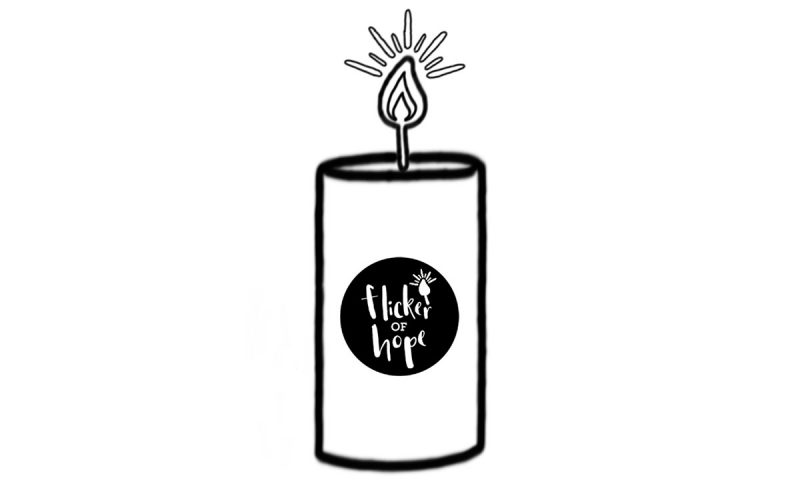Neurofibromatosis is a genetic disorder that can cause tumours, cancer, epilepsy, disfigurement, blindness and learning difficulties including autism. One in 2,500 people are affected.
There is no cure.
Stay up to date
Thank you to all our generous supporters. Every dollar you commit brings a flicker of hope to all those impacted by Neurofibromatosis.
In six years, we’ve raised over
100%* of this amount will be used to fund essential research into NF.
*Flicker of Hope operates on a no cost basis. There are no staff, administrative or overhead costs deducted from donations received. Please see our FAQ for further information.
Flicker of Hope is currently funding the following projects
Extending hope for families impacted by NF
Dugald’s Journey
Early Diagnosis of NF in Infants
Elizabeth’s Legacy – Deciphering the Molecular Mosaic of NF2
Researching for an NF cure
TiNT trial
NF2 Registry
Stem Cell Research Project
Researching autism, cognitive and behavioural issues in people with NF1
Blood Pressure Monitoring
Hope for families impacted by NF
ctDNA NF1 project
Will you help Flicker of Hope shine a light on NF?
All donations are tax deductible and 100%* of your donation is directed towards research.
*Flicker of Hope operates on a no cost basis. There are no staff, administrative or overhead costs deducted from donations received. Please see our FAQ for further information.
What is Neurofibromatosis?
There are three types of NF: NF1, NF2 and Schwannomatosis.
It is estimated that 1 in 2,500 people have NF1 – affecting approximately 10,000 Australians and 2,500,000 people worldwide.
NF2 and Schwannomatosis are much rarer conditions. Estimates are that NF2 affects approximately 1 in 33,000 people worldwide. Schwannomatosis is the least common and most recently identified form of neurofibromatosis, with estimates of occurrence ranging from 1 in 40,000 people to 1 in 1.7 million people.
One of the biggest things that Neurofibromatosis can lead to is fear. The pathway for each person is both different and unpredictable. Fear of what may happen is significant.”
Approximately 50% of NF sufferers inherit the disorder from their parents. Others show no family history of NF, meaning it has occurred spontaneously at the time of conception. Anyone suffering from Neurofibromatosis has a one-in-two chance of passing the condition onto their own children.
Neurofibromatosis causes tumours to grow on nerve endings throughout the body. It can affect major organs and lead to a variety of serious and debilitating health issues including cafe au lait spots, blindness, bone abnormalities, disfigurement, chronic pain, amputation, cancer, epilepsy, learning difficulties and autism.
Knowledge of NF is incredibly limited – research is needed to learn more about the condition and explore effective treatment options.
The Flicker of Hope Foundation has been established to raise much needed funds to ensure NF research can continue.
About us
The Flicker of Hope Foundation has been inspired by Zoe – who was diagnosed with NF at 4 months of age.
Zoe loves to dream big – and she dreams of a bright future for all those affected by NF.
In 2018 Zoe and her family established The Flicker of Hope Foundation to raise much needed funds to support researchers in their quest to find positive treatments and improve the quality of life for those impacted by NF.

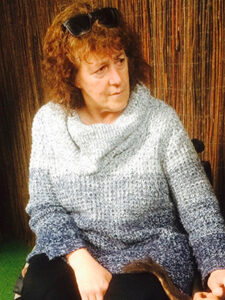
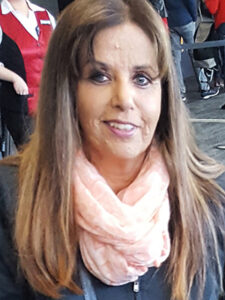
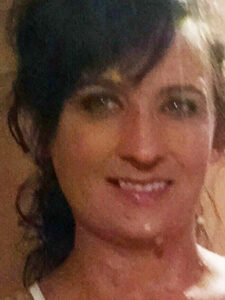
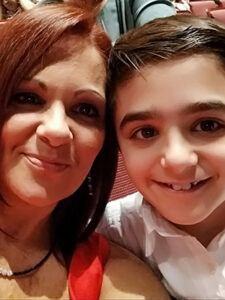
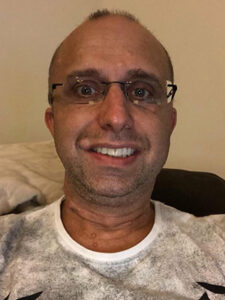



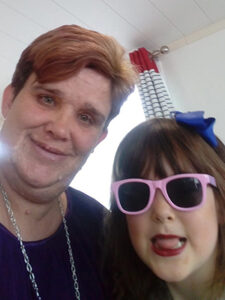

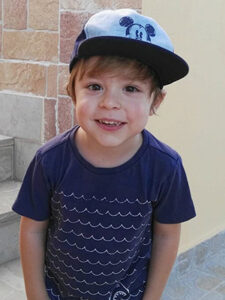
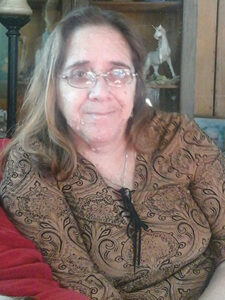
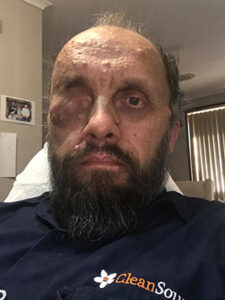
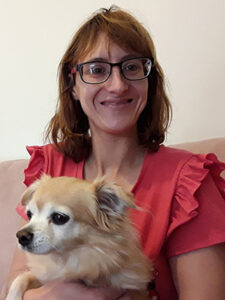
How can you help?
100%* of funds raised by Flicker of Hope will help shine a light on NF, and will directly fund meaningful research into NF. With your help we can continue to raise awareness of NF, bring hope to those living with NF, and brighten the future for all affected by NF. Together we can help fund research, enabling better understanding to help find an effective treatment for NF.
Thanks to the generous support of individuals, businesses, community and school groups, Flicker of Hope has raised over $3,500,000 in just over six years. 100% of this amount has been donated to fund essential research into NF.
Please join us on this journey – a journey that may be life changing for those impacted by NF.
*Flicker of Hope operates on a no cost basis. There are no staff, administrative or overhead costs deducted from donations received. Please see our FAQ for further information.
Call for research funding applications
Flicker of Hope is accepting applications for our next round of funding for NF Medical Research. Applications are invited from all organisations. Please email your research proposal to info@flickerofhope.org.au Proposals should be no more than 400 words in plain language.
Events 
- Read more: KICKING BUTT FOR NF RESEARCH!
KICKING BUTT FOR NF RESEARCH!
Wednesday April 30, 2025 at 5 pm– Port Melbourne Football Club. Free family friendly event…
Our research partners



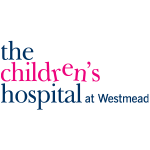
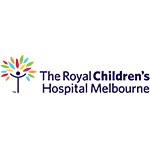
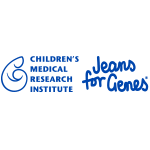

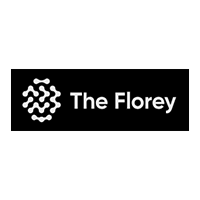
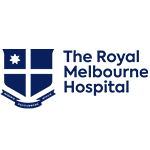


News 
- Read more: VALE ELIZABETH PETROPOULOS
VALE ELIZABETH PETROPOULOS
The Flicker of Hope ‘family’ stand with our founding family, the Petropoulos family, at this…
- Read more: SHINE A FLICKER OF HOPE!
SHINE A FLICKER OF HOPE!
Let’s all shine a Flicker of Hope! Download your colouring in sheet, and be ready…
- Read more: FLICKER OF HOPE RAISES $1,000,000 FOR NF RESEARCH
FLICKER OF HOPE RAISES $1,000,000 FOR NF RESEARCH
May 17 is Worldwide NF Awareness Day. And the NF community has one million reasons…



